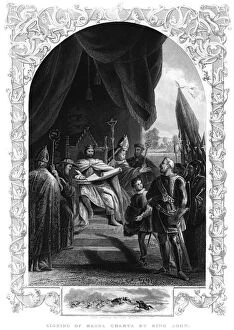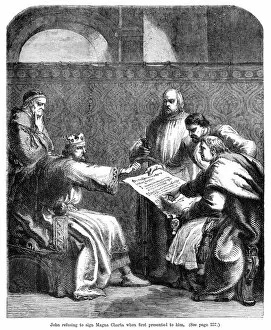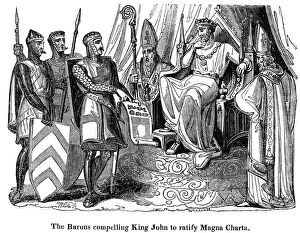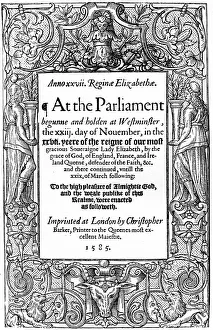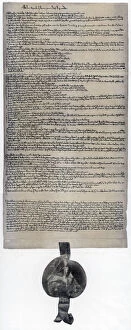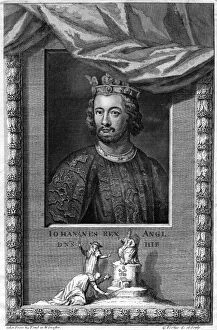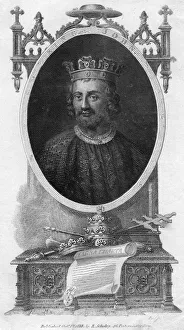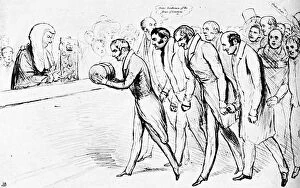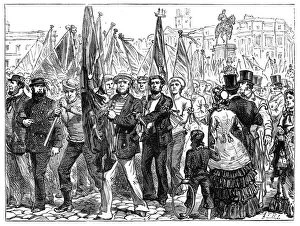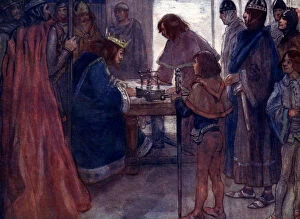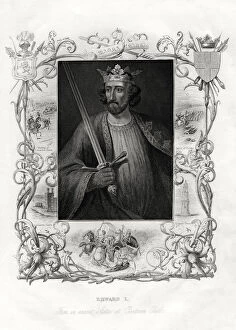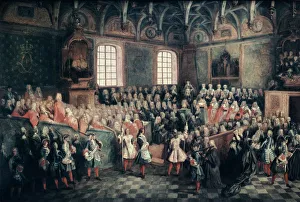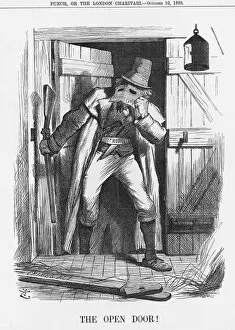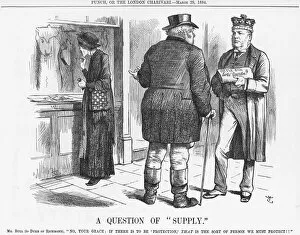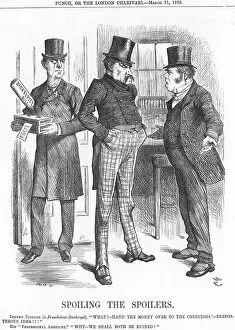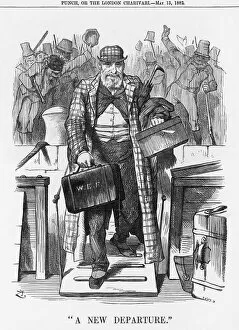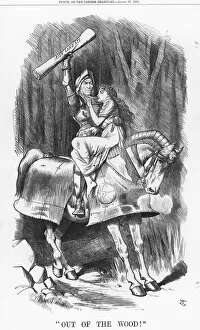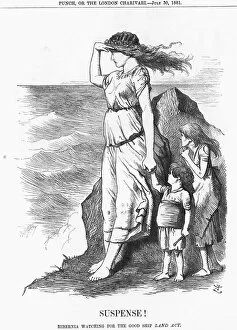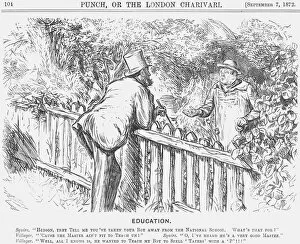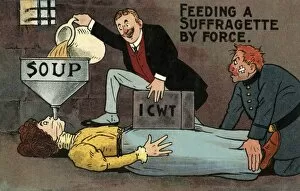Legislation Collection (page 7)
"From Hogarth's Gin Lane to Beer Street: The Evolution of Legislation" Step back in time and witness the impact on society
All Professionally Made to Order for Quick Shipping
"From Hogarth's Gin Lane to Beer Street: The Evolution of Legislation" Step back in time and witness the impact on society, as depicted by renowned artist William Hogarth. In his contrasting works, "Gin Lane" and "Beer Street, " Hogarth vividly captures the consequences of legislative decisions. Traveling further through history, we arrive at Market Hill and the former workhouse in Maldon. This site stands as a tangible reminder of early legislation aimed at addressing poverty and social welfare. Venturing northwards, Brockhall Hospital near Blackburn reveals another facet – mental health care reform. Once an imposing institution, it now symbolizes progress towards more compassionate treatment for those with mental illness. Journeying to Cheshire, we encounter Congleton Union Workhouse in Arclid. Here lies evidence of the Poor Law Amendment Act's influence on workhouses across England during the 19th century – a controversial piece that sought to regulate relief for the destitute. In bustling East London, Poplar Workhouse tells its own tale. A place where desperation met hopelessness amidst dire living conditions; this workhouse exemplifies how legislative choices shaped lives within impoverished communities. Meanwhile, East End Doss House serves as a stark reminder that not all individuals found solace within institutionalized systems. These temporary shelters highlight gaps in legislation that failed to adequately address homelessness during challenging times. Heading westward into Monmouthshire and Buckinghamshire unveils two distinct Union Workhouses - Pontypool and Newport Pagnell respectively. These institutions reflect regional variations in implementing nationwide policies designed to combat poverty while grappling with local challenges. Taking inspiration from ancient Rome's Twelve Tables – one of history's earliest legal codes – legislators have long sought guidance when drafting laws that shape societies' foundations worldwide. Returning closer to home brings us face-to-face with City of London Union Infirmary along Mile End Road.

